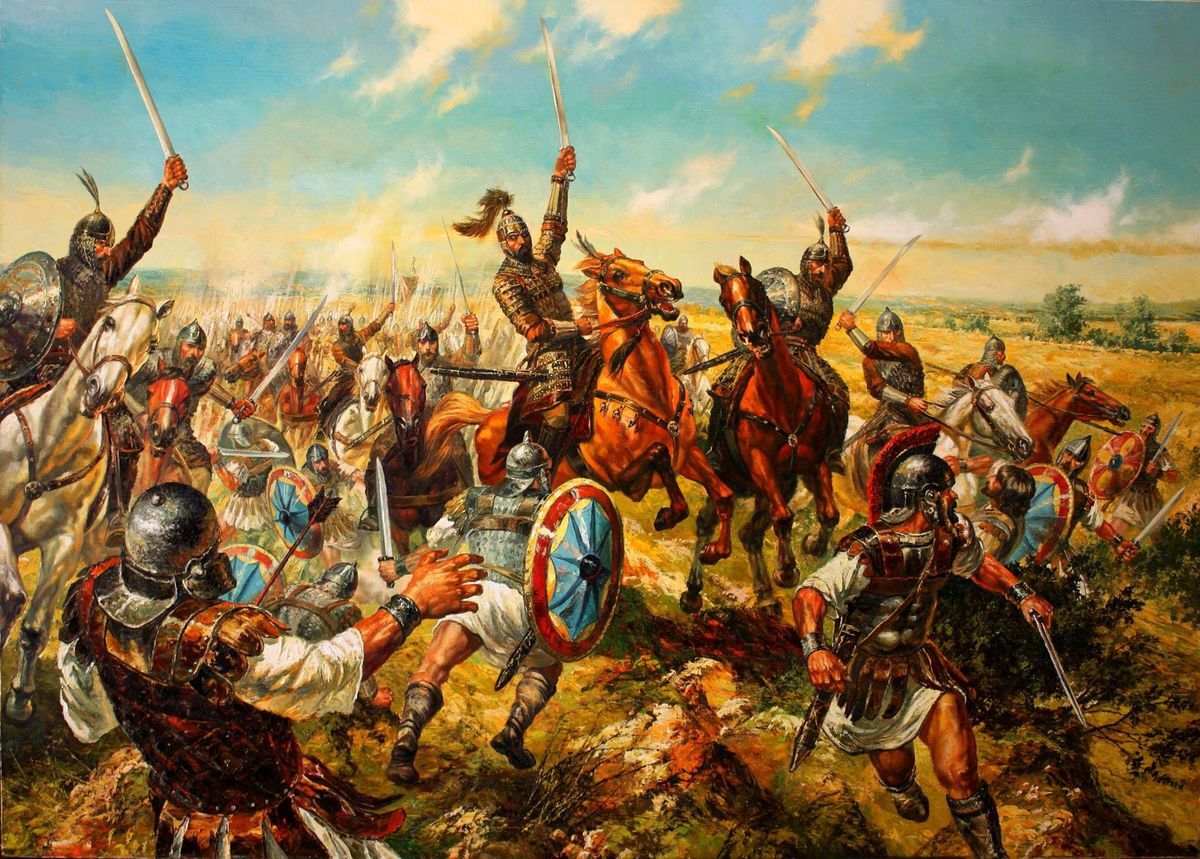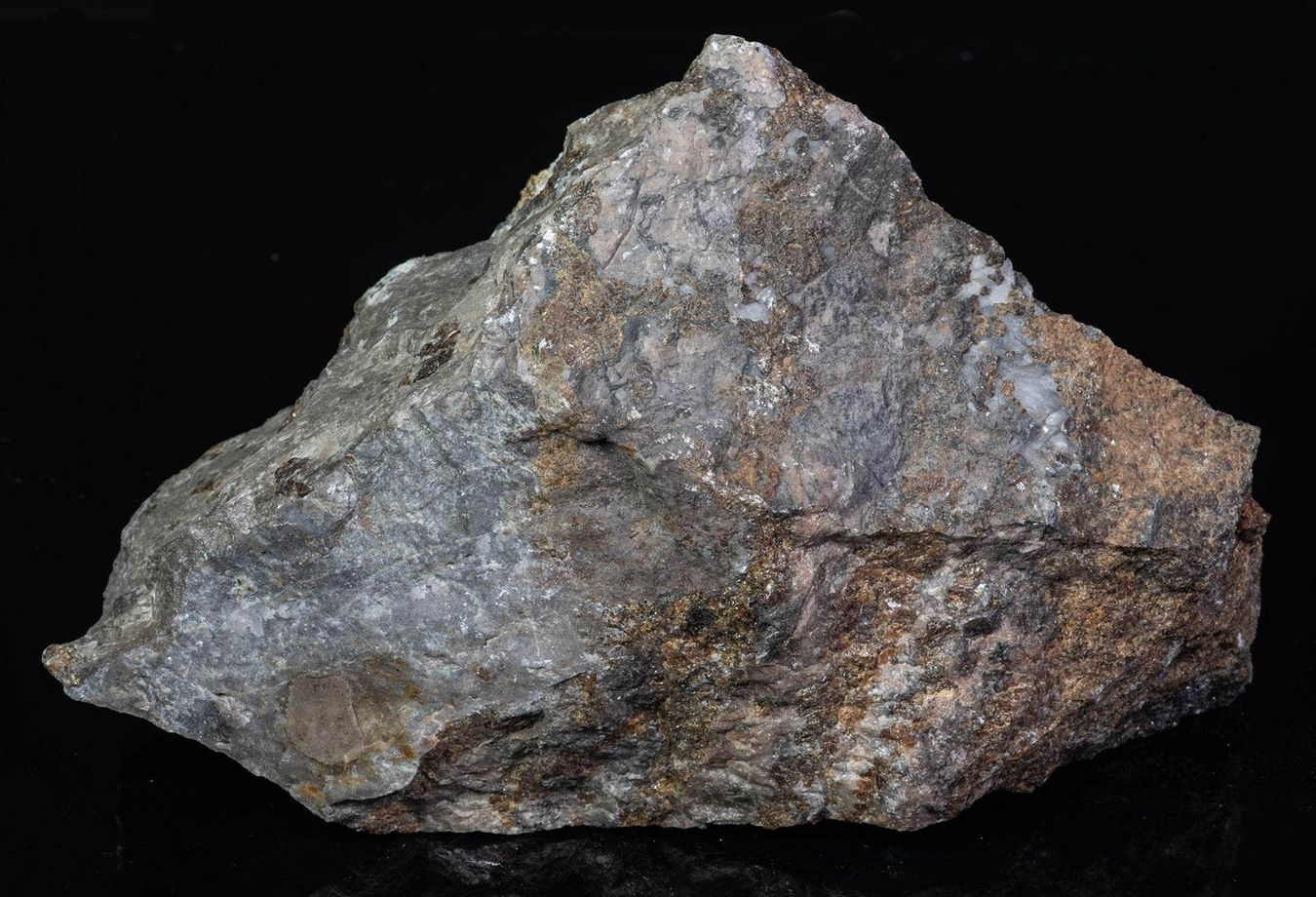
Paris has an endless list of tourist attractions. The streets and establishments themselves are enough to take the visitors’ breaths away. Uncover the history behind the city, its many names and attractions, and other things in this Paris facts article.
- Aside from being the capital city of France, Paris is also its most populous city.
- Its location along the Seine River is in the northern region of central France.
- The origin of the name ‘Paris’ was from the Celtic Parisii tribe, the early inhabitants of the city.
- Paris is known for the charming cobblestone streets leading to the city’s many historical landmarks.
- As of January 2020, the population of Paris is at 11,017,230.
- Paris covers a total area of 105 square kilometers or 41 square miles.
- Paris has 20 arrondissements starting at the heart of the city, then forming a spiral, snail-like fashion.
- In terms of fashion, Paris is the only city that exhibits haute couture shows.
- The walk from Paris’s North down to its South is a 135-minute trek.
- In Paris, the population of dogs seems to exceed the number of children in the city.
- The Eiffel Tower has 1,665 steps.
- It is the most valuable landmark in Europe, with an estimated worth of 435 billion Euros.
- Paris streets may have traffic lights, but it has zero stop signs.
- The Louvre Museum in Paris keeps 460,000 pieces, of which only 35,000 are available for public viewing.
- It would take 35 days for a guest to see every artwork in the museum for only 30 seconds each.
- Paris is home to 173 museums and 1,803 monuments.
- The world has 38 cities named ‘Paris,’ some of which are in Panama, Sweden, and the United States.
- The streets of Paris cater to an average of 10 commercial or film shoots per day.
- Of the 10 Statues of Liberty in France, 5 are located in Paris.
- Paris served as the setting for 110 movies and 161 one-reelers.
The Seine River cuts Paris into two islands.
On opposite sides of its banks are the Île-Saint-Louis and the Île de la Cité, with the latter being the larger side. These parts make up the oldest portions of the city.
Paris has around 6,100 streets.
The longest one is the Rue de Vaugirard at 4.3 kilometers or 2.7 miles. On the other hand, Rue des Degrés of the 2nd arrondissement is the shortest at 5.75 meters or 18.7 feet.
Paris is home to 450 parks and gardens.
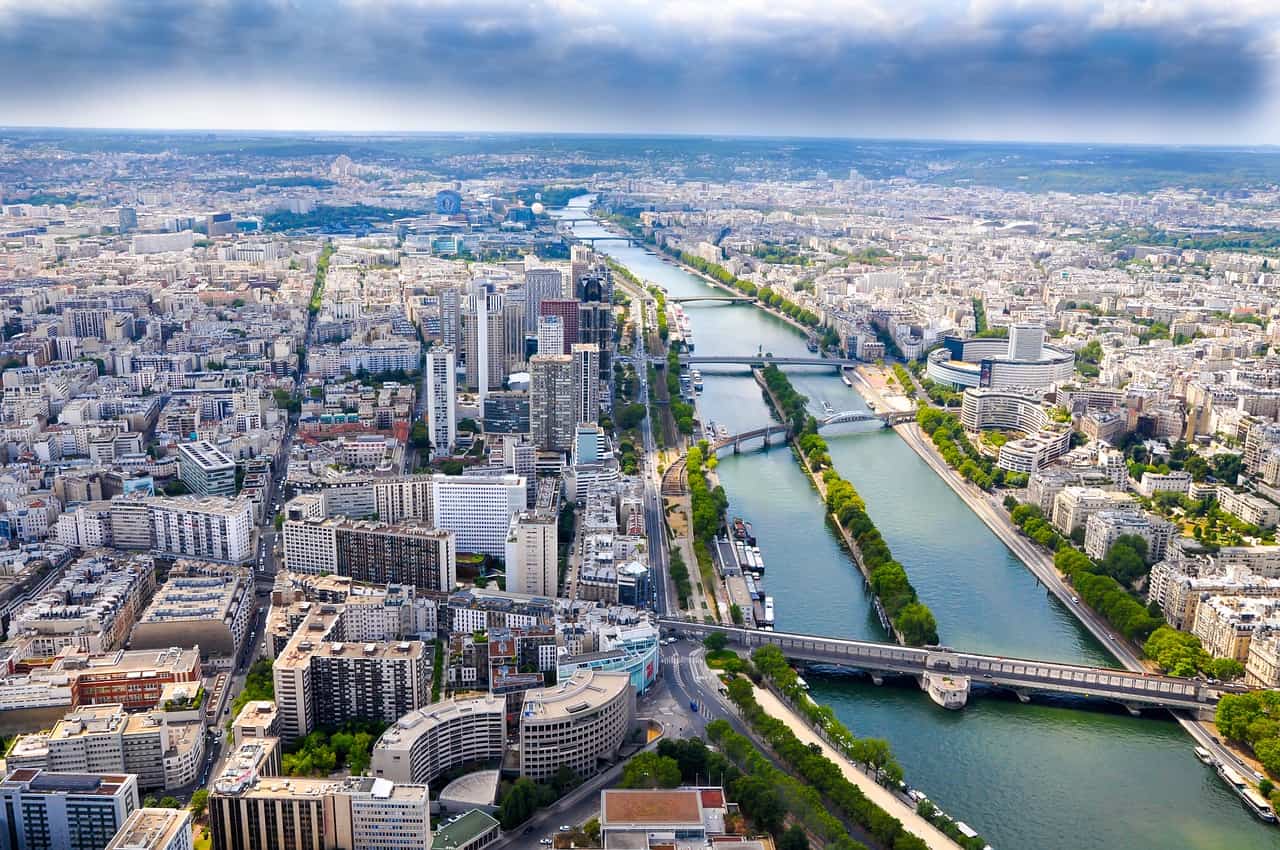
The greens take up above 485 hectares or 1,200 acres of the city’s area. Among them, the most famous is the Luxembourg Garden and the Tuileries Garden.
Around 484,000 trees stand on the soils of Paris.
Each one of them is kept under documentation, complete with their measures and references.
The 16th arrondissement has 2 zip codes.
Due to the large area that it covers, this municipal district became the only Paris arrondissement to have such. The numbers are 75016 and 75116.
All 20 arrondissements of Paris had different names in the past.
Arrondissements are what Parisians call administrative districts. Unlike their current numerical monickers, these districts used to have wordy names. The 11th, for instance, used to be ‘Arrondissement de Popincourt’ while the 13th was ‘Arrondissement des Gobelins’.
Paris train stations usually have dozens of pianos.
The Société Nationale des Chemins de Fer français or SNCF initiated the ‘Play Me, I’m yours’ project and is observed in many cities, even outside France.
‘Métro Express Régional Défense-Étoile’ was supposed to be the name for the Paris regional train system.
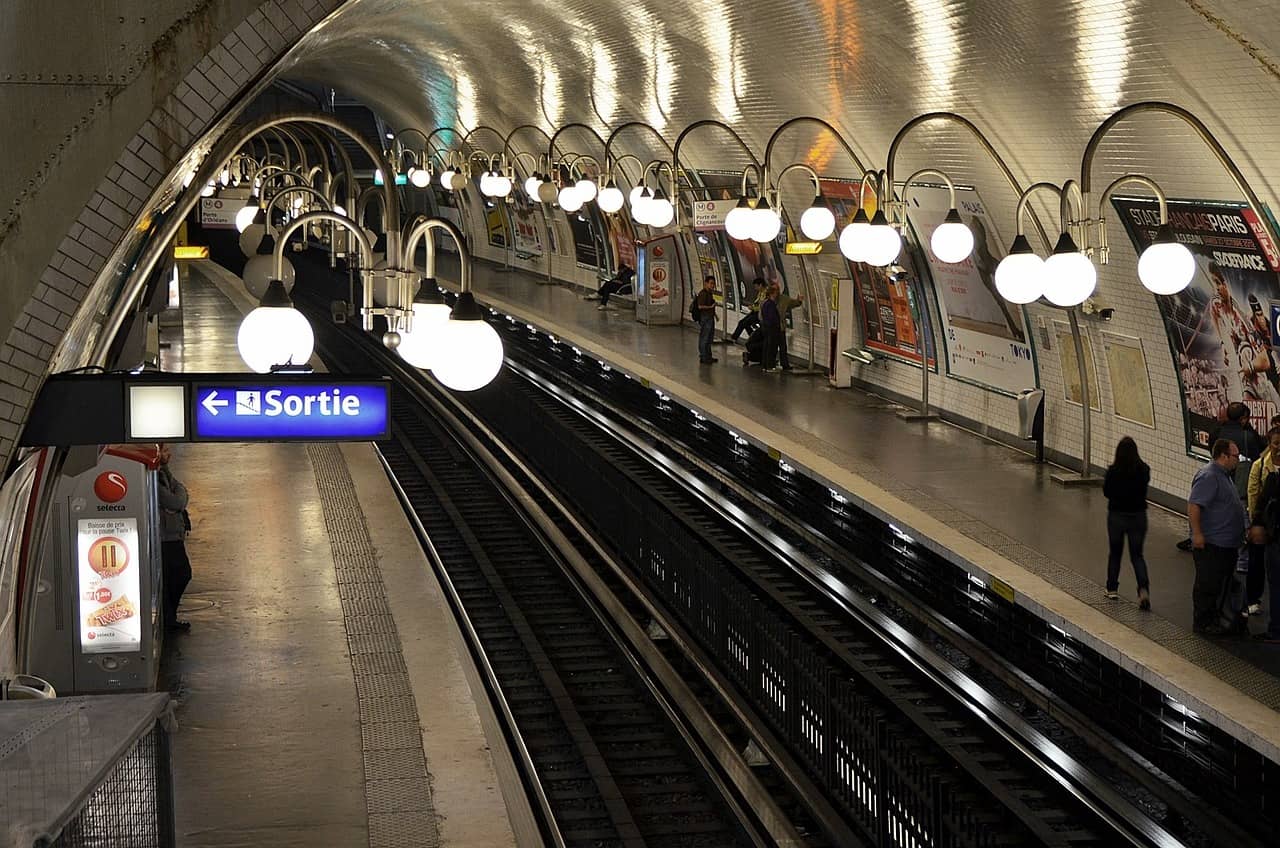
However, it would result in having the initials ‘M.E.R.D.E.’, which literally translates to ‘shit.’ This realization had the name ending up to be ‘Réseau Express Régional’.
Paris has around a dozen ghost stations.
One of them is the Porte Molitor, which is 97 years old. While the original plan for the station was to reach the Parc des Princes stadium, the tracks only serve as train garage today. Another one is the Porte des Lilas which production companies could rent as a film set.
The Paris Métro ranks as the world’s 4th largest public transport system.
It is made up of 302 stations.
Every Paris Metro stop has a particular historical theme.
Each name used and style present on the stops hint a clue of the area’s past. The only stop named after a female is the Louise Michel, a Parisian anarchist from the late 1800s. Another remarkable station is the Arts and Métiers station.
Every year, the Sienna banks become covered in sand for 4 weeks.
This phenomenon spans from July to August, turning several kilometers of the river into a vast beach. Alongside the package are palm trees, bars, and sun loungers.
The Flame of Liberty statue was a gift to the French from the Americans.
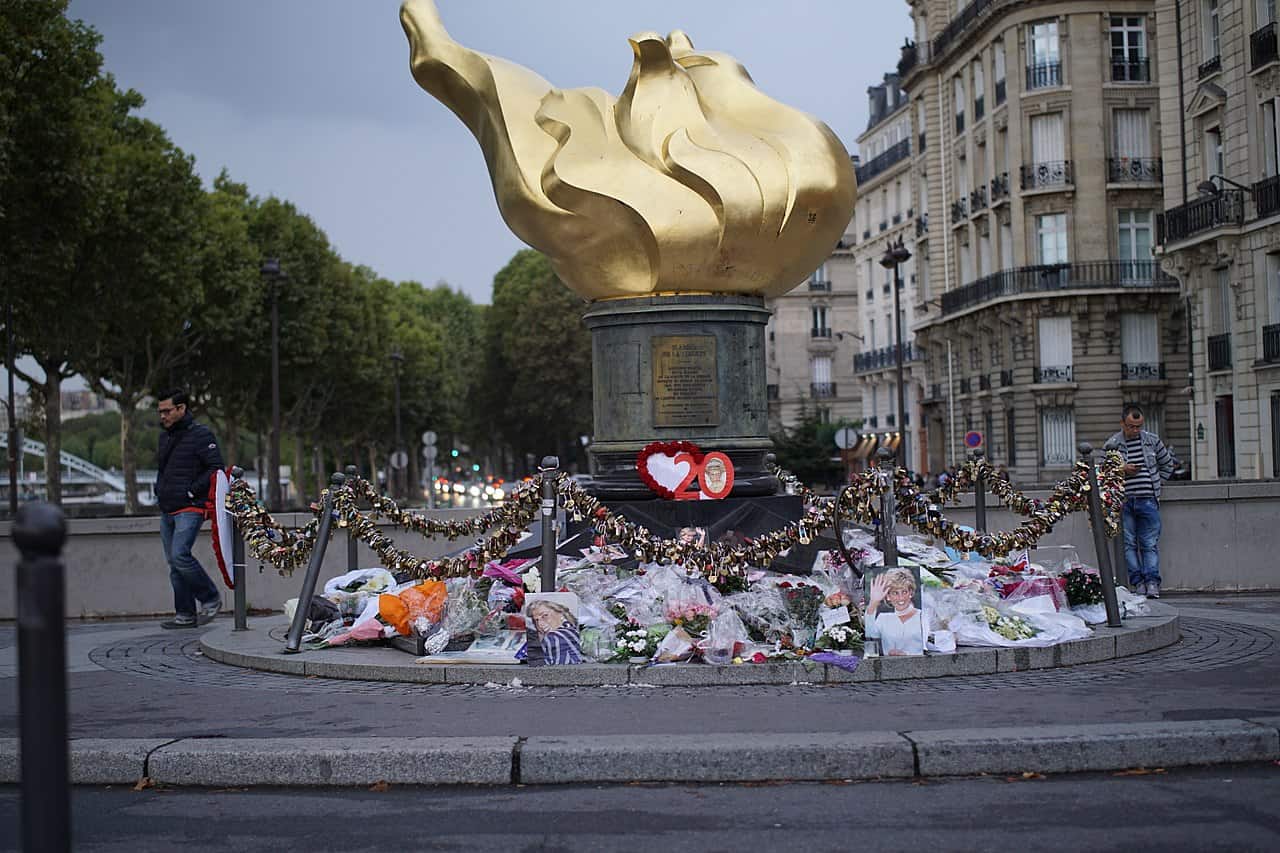
Standing next to the Pont de I’Alma, the gift symbolizes the friendship between the two nations. The International Herald Tribune sent the statue to the capital in 1987.
Les Misérables author Victor Hugo lived in the 16th Arrondissement of Paris.
The particular road of his residence was named after him. Moreover, it was per an unwritten law in France stating that every city in the country must have a street named after the author.
'Fluctuat Ner Mergitur' is the motto of Paris.
Its Latin translation is ‘Tossed but not sunk’, in reference to a ship.
A Celtic Senones subtribe called Parisii founded Paris around 250 BC.
They initially settled along the banks of Seine, specifically on the Île de la Cité. Eventually, they built a fort, bridges, minted their own coins, and began trading with other European river settlements.
Before being known as 'Paris', the city was initially named 'Lutetia'.
Titus Labienus led a Roman army and defeated the Parisii in 52 B.C. Then, he established Lutetia, a Gallo-Roman garrison town Christianized in the 3rd century A.D. With the downfall of the Roman Empire came Clovis I as the King of the Franks, making the city his capital in 508.
Adolf Hitler wanted to climb the top of the Eiffel Tower but was unsuccessful.
During the Nazi’s Paris invasion in World War II, Hitler was about to fulfill his dream of standing on top of the tower, bringing his men with him. But then, the French conspired to cut the elevator cables to keep them from doing so. The Nazis ended up staying on the ground instead of attempting the 1,500-step journey.
Hitler released an order to destroy the Eiffel Tower.
The tower almost met its end in 1944 when the Nazis took invaded Paris. Fortunately, the General who received the command ignored the order. This stranger might as well be one of the people to thank for the attraction’s existence to date.
The French Renaissance period made Paris the center of art, science, and architecture.
It lasted from the late 15th century up to the early 17th century. Still, its results remain to inspire people today.
Paris was also known as The City of Light or 'La Ville Lumière'.
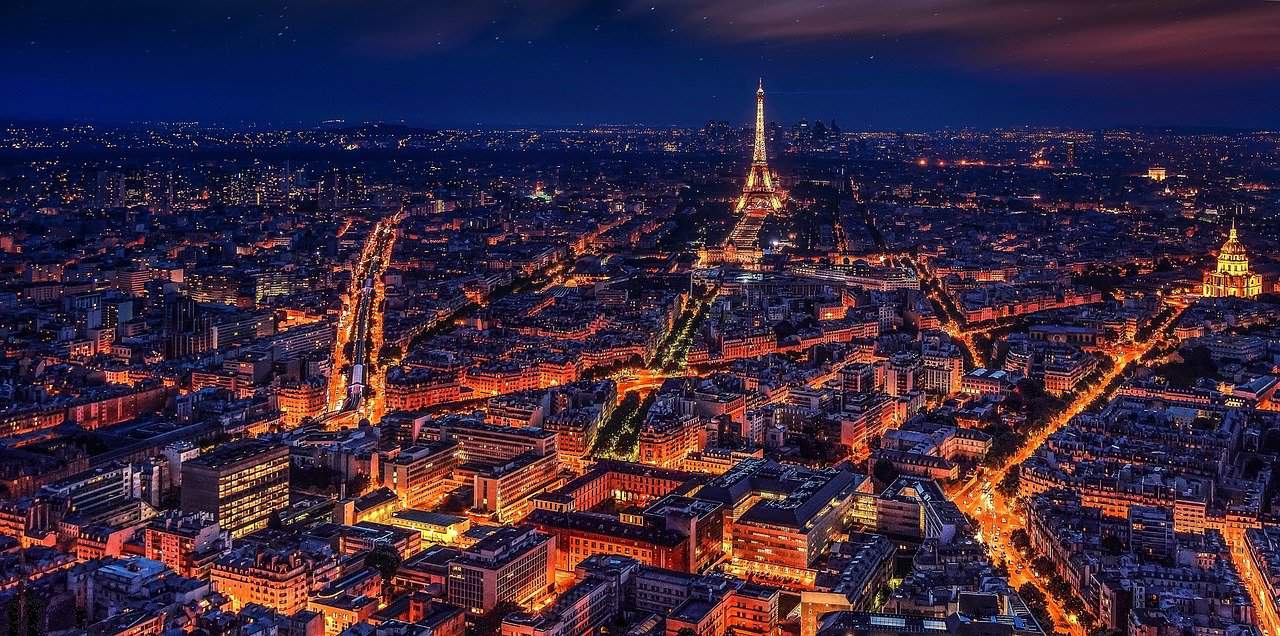
Aside from the city’s significant role in the Age of Enlightenment, Paris was also in the frontlines when cities in Europe got gas street lighting. Around 56,000 gas lamps lighted Parisian streets and boulevards in the 1860s, hence the nickname.
Paris has a lot of other names.
A few of them are ‘The City of Love’, ‘Fashion Capital of the World’, and ‘Literary Paradise’.
Carrier pigeons are still part of the French army.
They rest near Paris at the Mont Valérien, waiting for their turn to transmit messages in the event of a catastrophe. In Europe, the French army remains as the sole keeper of such esteemed officers.
Plaster for casting fractures originated in Paris.
First known as the ‘plaster of Paris,’ the mineral calcine gypsum was found in Montmartre. Sculptors from the olden times use gypsum to form their miniature sculptures as a pregame for their bronze artwork.
Baguette is an essential part of the daily Parisian life.
Around 1,200 bakeries and 40,000 restaurants thrive in the City of Love, among which are regarded as the top bakeries in the planet.
Paris has an official baguette law.

It states the exact bread size and dough consistency standard for the output.
In Paris, the oldest standing café is Le Procope.
Founded in 1686, the café is located in the 6th arrondissement.
A Paris restaurant has blind people as employees.
Guests get to dine in total darkness, a unique aid for them to have a keener sense of taste and smell. Launched in 2004, the Dans le Noir eventually opened branches in major cities all over the world despite its rep as one of the most unusual restaurants in Paris.
Café de Flore of Paris is hailed as the most famous in the whole planet.
Even well-renowned people like Bordo, Dali, and Delon go to the Saint-Germain boulevard just to acquire its exquisite cuisine. Locals and tourists alike believed that every single table in the restaurant catered to a celebrity at one point.
The world-famous drink 'Bloody Mary' originated in Paris.
It turns out that Ernest Hemingway also has potential as a bartender when he unintentionally summoned the drink at the Ritz Hotel. Apparently, the novelist requested a drink that has no alcohol scent, hence the serving of the vodka and tomato juice mixture.
In Paris, people drink water straight from the tap.
Their notable water purification system enables such a cost-effective way of living. Also, it is the reason why all local restaurants offer glasses of water for free.
Parisians have a reputation for being big complainants.
Their persistent logic goes like this: “If you complain, you understand the problem. If you understand it, you are very smart.”
Becoming a taxi driver in Paris is an expensive livelihood.
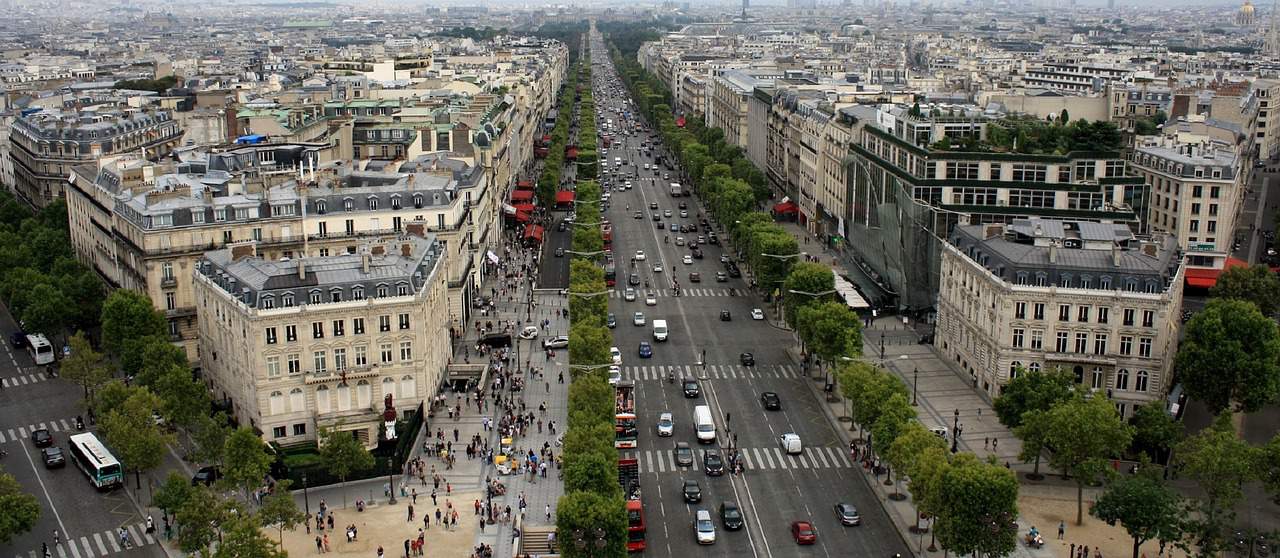
Before drivers could get a taxi license, they would have to pay 200,000 Euros first.
Paris Metro passengers should manually open-close the train doors.
There are knobs or buttons the passengers can push to enter or exit the train.
Paris holds an annual competition for the best baguette.
Whoever wins would get the ultimate opportunity to bake for the president of France for a year.
Paris holds the record for having the first strip dance performance in the world.
During the beauty contest rehearsal for the 1983 Moulin Rouge, a girl named Mona removed her clothes. Even when she made history for being the first woman to perform a public strip dance, she was fined 100 franks for the lewd act.
Paris passed a law stating that cars with odd-numbered plate numbers could only drive in the city on odd days.
Likewise, cars with even-numbered plates could only drive in the even days. This ordinance is in line with the Parisian government’s efforts towards lessening air pollution. Considering the busy city transportation, air pollution in the city has already reached its peak.
The fountain in front of the Eiffel Tower is an infamous summer remedy.
Hot seasons in the city compel people to take a dip in the water, making it an unofficial Parisian swimming place when the heat becomes too much.
The Tour de France lands its finish line on the Champs-Élysée in Paris.
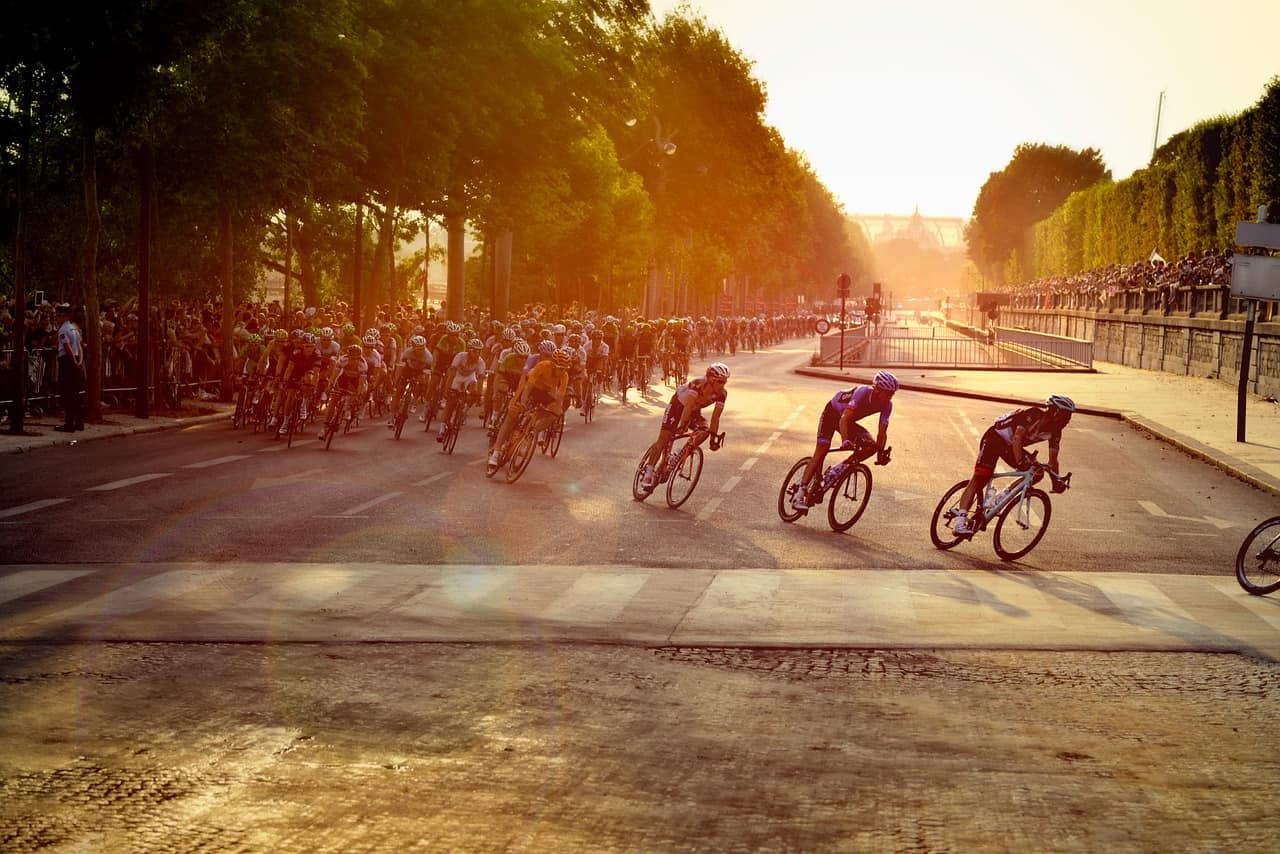
This historical location was one of the reasons why the cycling event gained its rep as the most famous of its kind in the world.
The most favorable season for visiting Paris is in autumn.
Aside from the tranquil effect of the season upon the city, huge sales also fill supermarkets alongside free entrance fees to numerous museums and galleries in the City of Love.
Paris offers some incredible accommodation.
Located throughout the city, you’ll find some of the most beautiful holiday rentals in Paris. If you’re planning to be in the city for a long or short stay, you’ll be spoilt for choice with the wide range of options available.
Paris is home to at least 400 movie screens.
Among them, a hundred are under the operation of Art et Essai, the government art program of France.
Despite its world-renowned beauty, Paris charges no fees for shooting.
The only exceptions where a film crew is required to pay a fee are shooting scenes in a museum, garden, or swimming pool.
Since 1899, The Moulin Rouge has been in operation at the Red Light District in Paris.

The theater boasts of 80 performers on rotation for the whole year. Aside from the burlesque, the world-famous cabaret also has dinner meals, and magic shows to offer.
Paris is known for its notorious fashion and beauty scene.
Among the distinguished brands that originated from the City of Love are Chanel, Christian Louboutin, Dior, Givenchy, Lacroix, Lancôme, and Louis Vuitton.
Paris fashion law used to forbid women from wearing trousers.
Thankfully, the law ended its rule after 214 years in 2012.
The oldest standing bridge in Paris is the Pont Neuf.
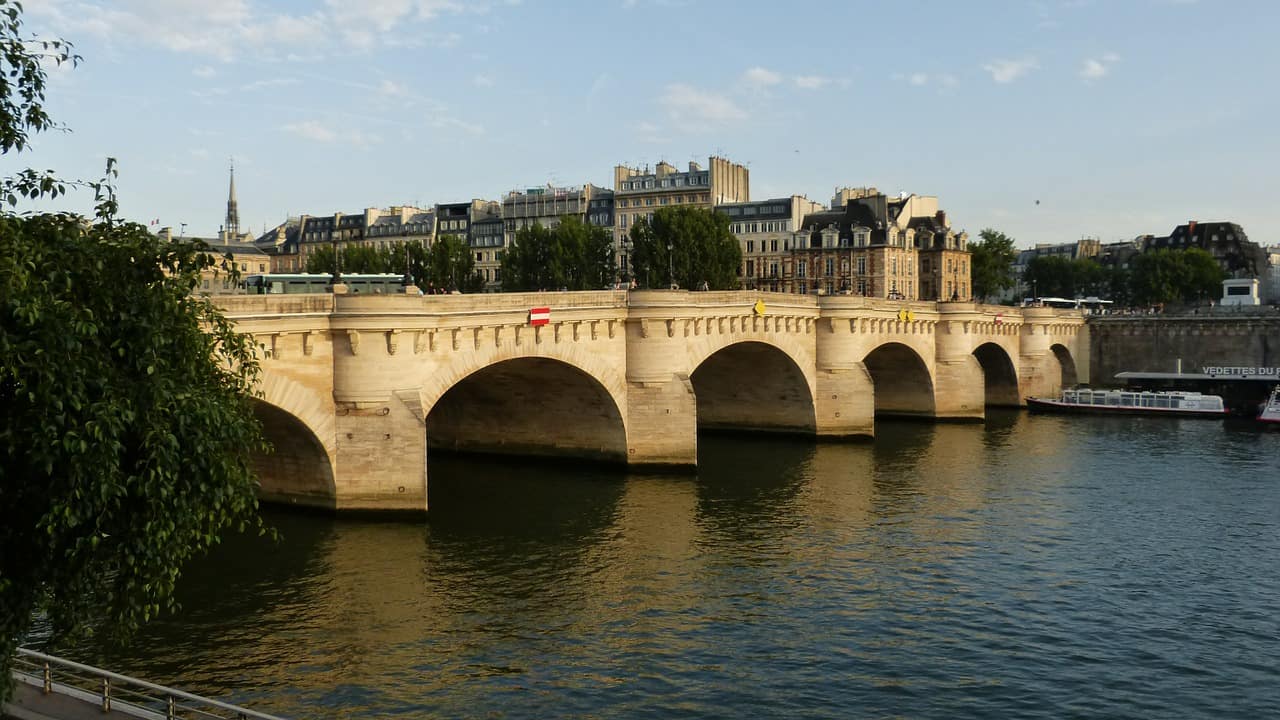
It is only one of the 37 bridges connecting different places in Paris. However, interruptions in its construction took place from 1578 to 1607.
The most famous bridge in Paris is the Pont des Artes.
Hundreds and thousands of ‘love locks’ together with love notes from visitors make up the bridge.
People dismissed the Eiffel Tower as a monstrosity upon its launch.
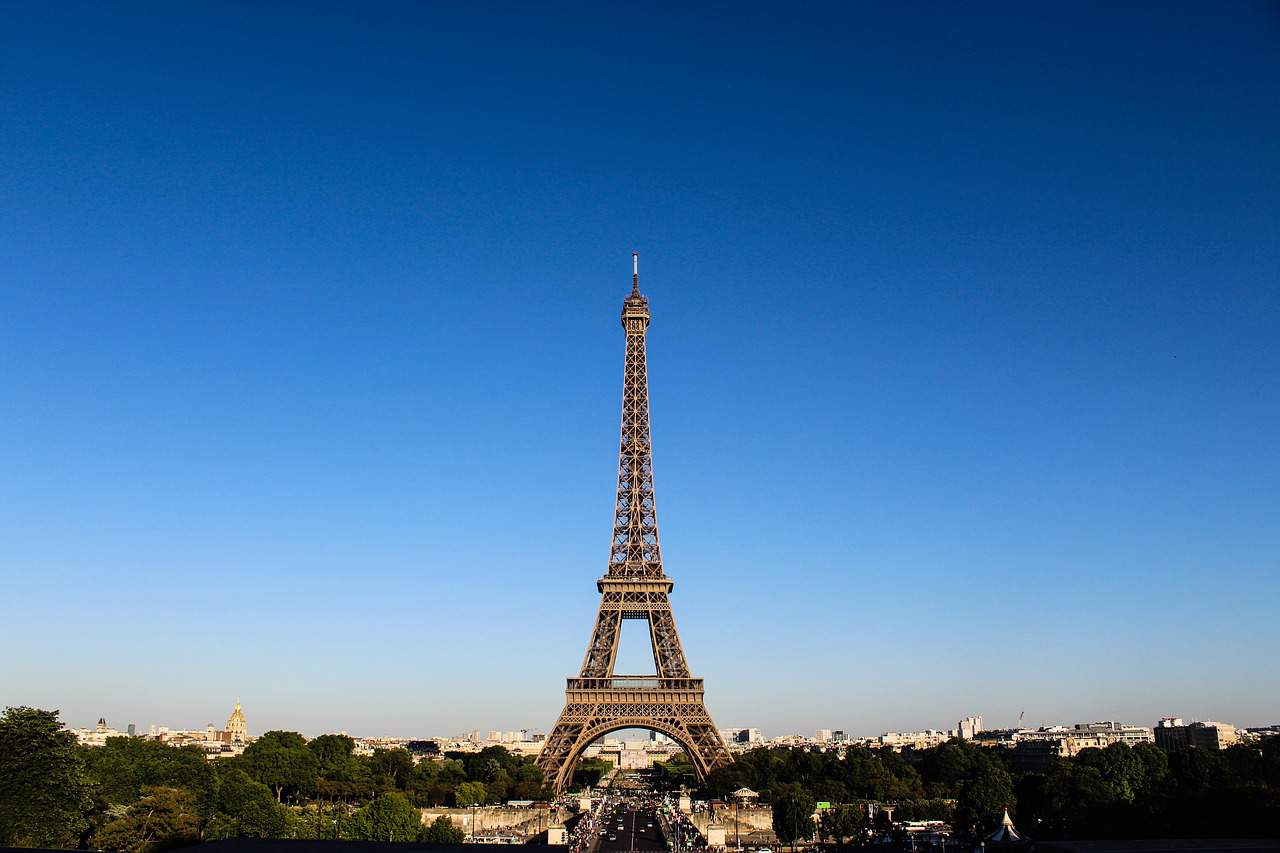
In contrast to how people viewed the structure before, modern-day spectators regard the Eiffel Tower as the most famous monument on the whole planet.
The Eiffel Tower was initially meant to stand for only 20 years.
Alexandre-Gustave Eiffel designed the Tower for the 1889 Paris Exhibition, marking the hundredth year of the French Revolution.
The Eiffel Tower is made up of 15,000 steel sections.
What holds them together is 2.5 million rivets, forming the innovative structure that the world now hails as a masterful architectural feat. No wonder that this steel tower has a spot in the top tourist attractions in Paris.
Lighting up the Eiffel Tower takes 20,000 light bulbs.
But as beautiful as the Tower looks at night, taking and publishing nighttime photos of it is illegal. The French Constitution considers its lighting as an art on its own. Hence, direct permission is needed to reshare.
There are 72 people involved in the creation of the Eiffel Tower.
All the names of these mathematicians, engineers, and scientists are engraved on the surface of the Tower.
The Eiffel Tower was also the site for numerous suicide attempts.
Thankfully, all of them survived. One woman jumped off the Tower and ended with a top-of-a-car landing. Eventually, she got her happy ending when she married the driver of the said car.
The Louvre Museum in Paris hosted 10.8 million visitors in 2018.
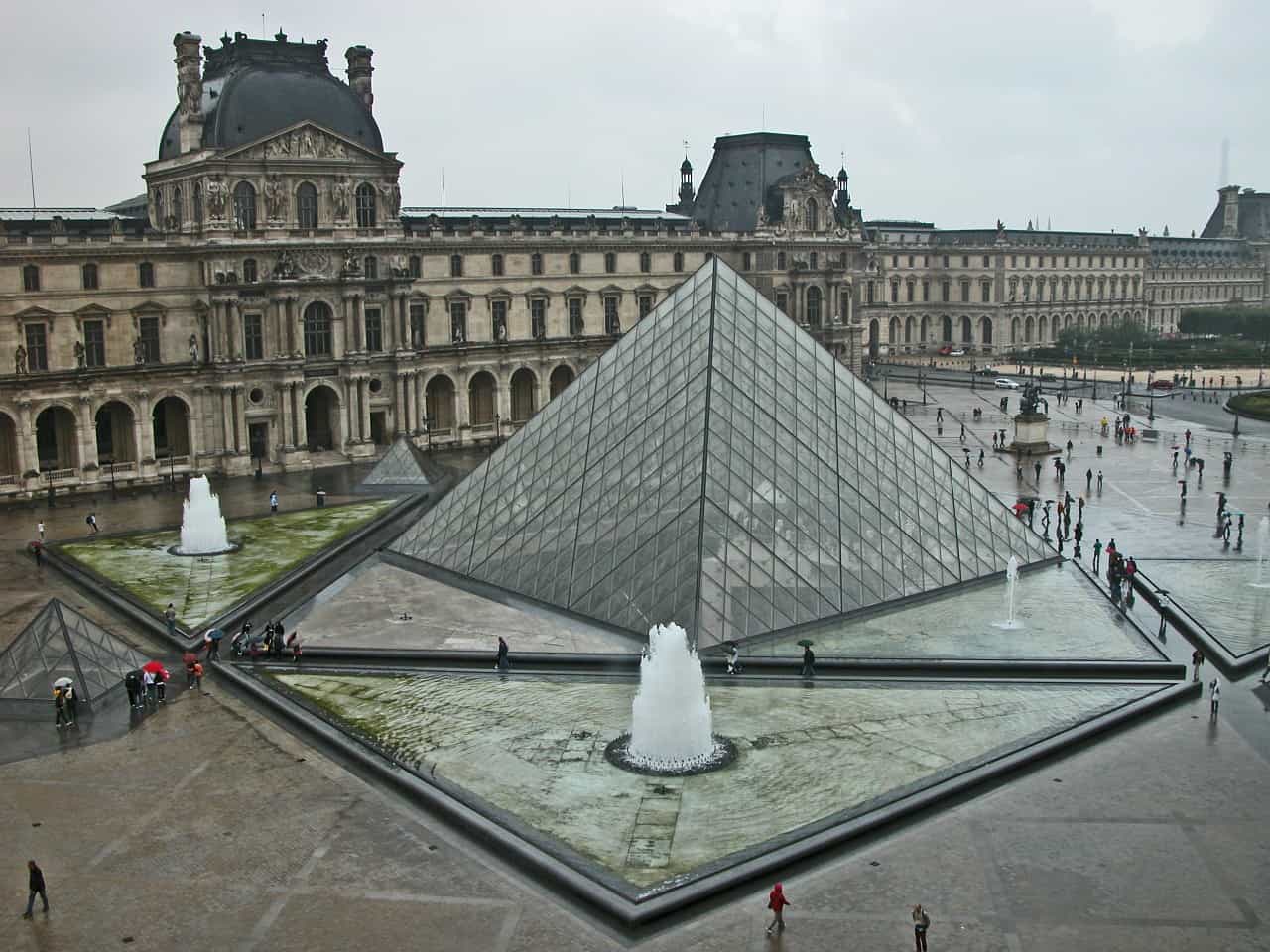
Originally designed like a fortress, the construction of the Museum took place under the rule of Philip II in the late 12th-13th century. The gallery in the Louvre Palace now takes in approximately 15,000 people a day, most of whom are foreigners.
The largest museum and art gallery in the world is the Louvre.
Locals call it the Musée du Louvre. Its location on the right bank of the Seine River puts it right in the center of the City of Love.
The Louvre Museum in Paris is home to Leonardo da Vinci’s Mona Lisa.
To see this remarkable masterpiece also one of the reasons why people from all over the world make the trip to the city.
The Louvre Museum currently employs 2,000 staffers.
Aside from their in-house operations, they also lend displays to other exhibits around the world in an extended effort to fund their services.
The Notre-Dame Cathedral stands on the Ile de la Cité in Paris.
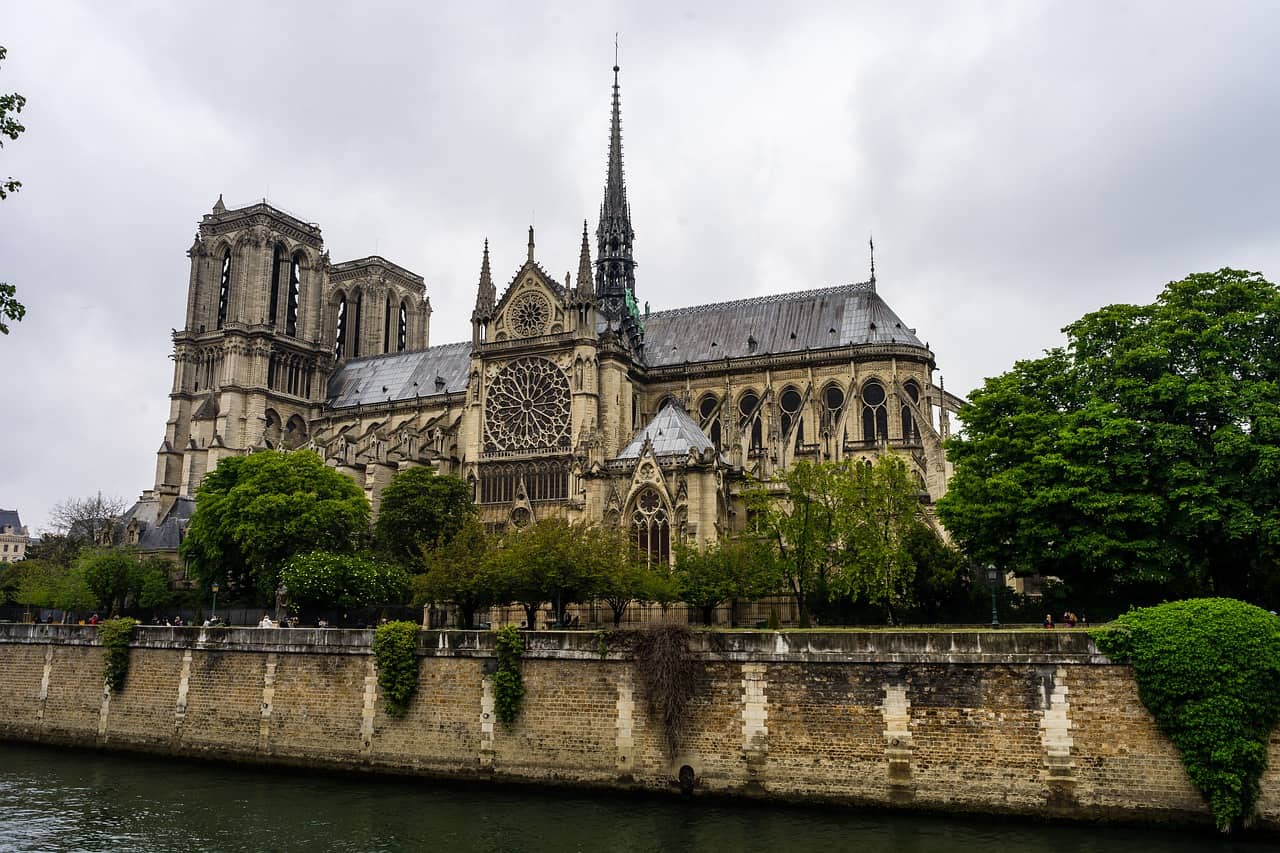
Another sought-after tourist attraction, the Notre-Dame Cathedral is among the refined precedents of French Gothic architecture.
It took almost two centuries to build the Notre Dame de Paris.
Combining both Gothic and Roman styles, the Cathedral was regarded as ‘music graven in stone.’
Over 13 million people flock the Notre Dame Cathedral every year.
Its construction took place in 1163-1345. Aside from being one of the largest and well-known church buildings of French Catholic Churches, it also earned admiration from people across the globe. Hence, it also became among the most visited religious buildings on earth.
The bell of Notre Dame Cathedral tips the scale at 13 tons.
As equally famous as the Cathedral, the bell also has a name – ‘Emmanuel.’
The Panthéon used to go by the name ‘Église Sainte-Geneviève’.
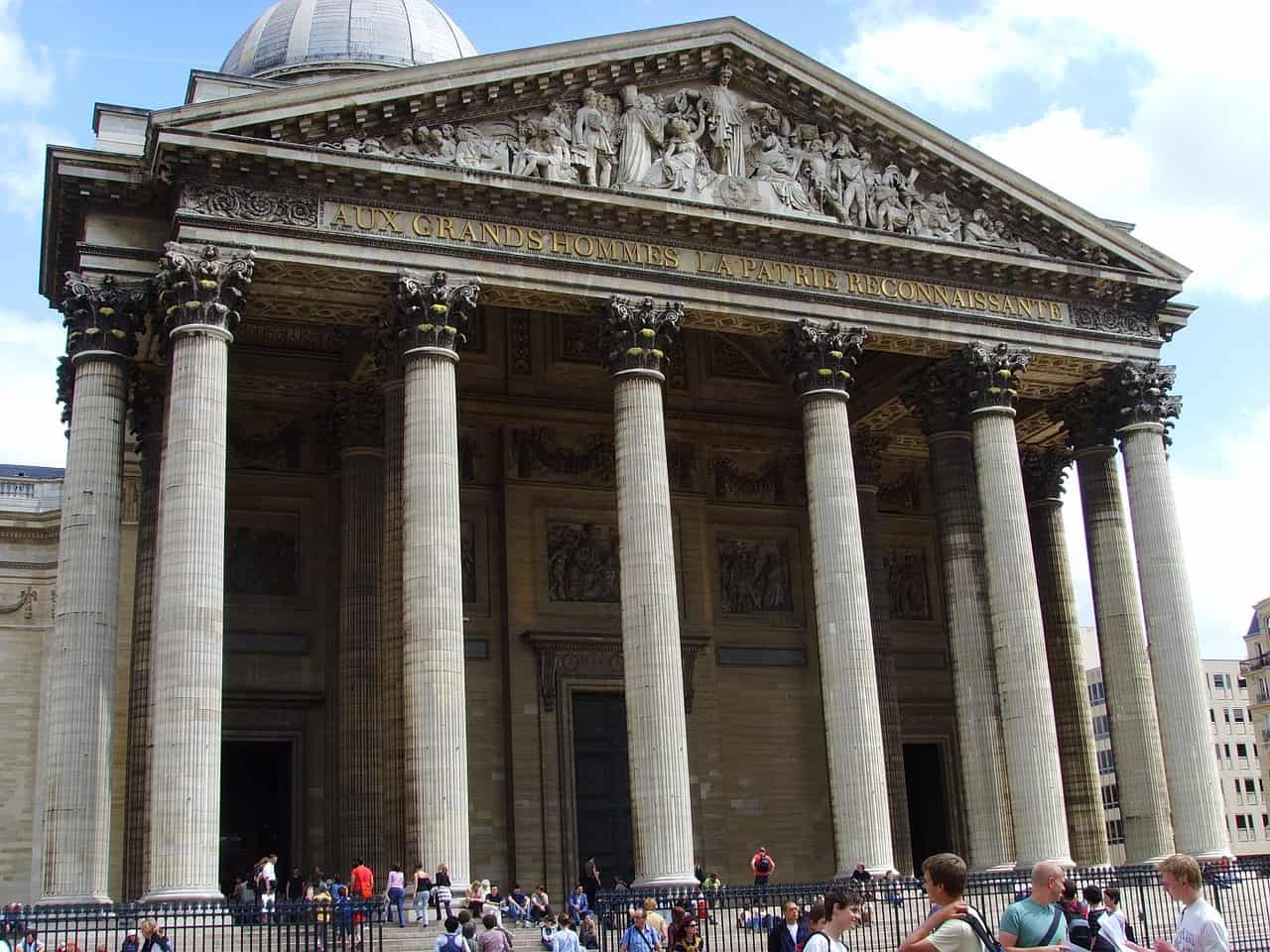
Constructed in 1791, the church now also has the endearment of the ‘temple of the Republic’.
Another famous Paris monument is the Arc de Triomphe.
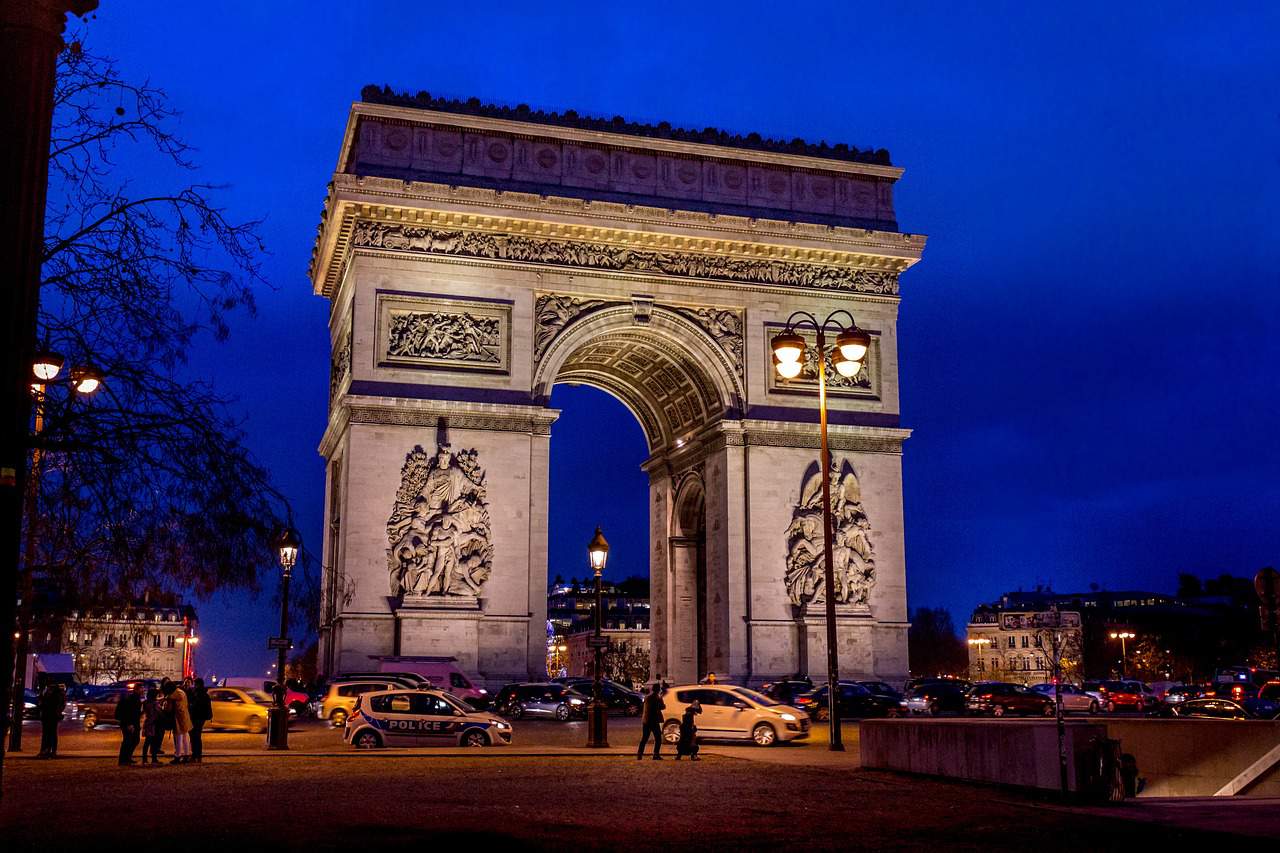
Built from 1806 to 1836, the triumphal arch honors the people who fought for France, most notably those who battled in the Napoleonic Wars. The construction is also in dedication to the victory of the First Empire and Revolution French armies. Since the early 19th century, the iconic style and delicate design continue to attract visitors up to date.
The most famous street in Paris is the Avenue des Champs-Elysees.
This tree-lined street also unofficially gained the title as the ‘Most Beautiful Avenue in the World.’ At around two kilometers or 1.2 miles long, the road serves as a connection between the Place de la Concorde and the Arc de Triomphe.
The Avenue des Champs-Elysees hosts the Bastille Day military parade.
When it is not busy with parades and marathons, the boulevard is still filled with life due to the museums, boutiques, restaurants, and night clubs lining up its walkways.
The Obelisk of Luxor at the Place de la Concorde originally stood by the Luxor Temple in Egypt.
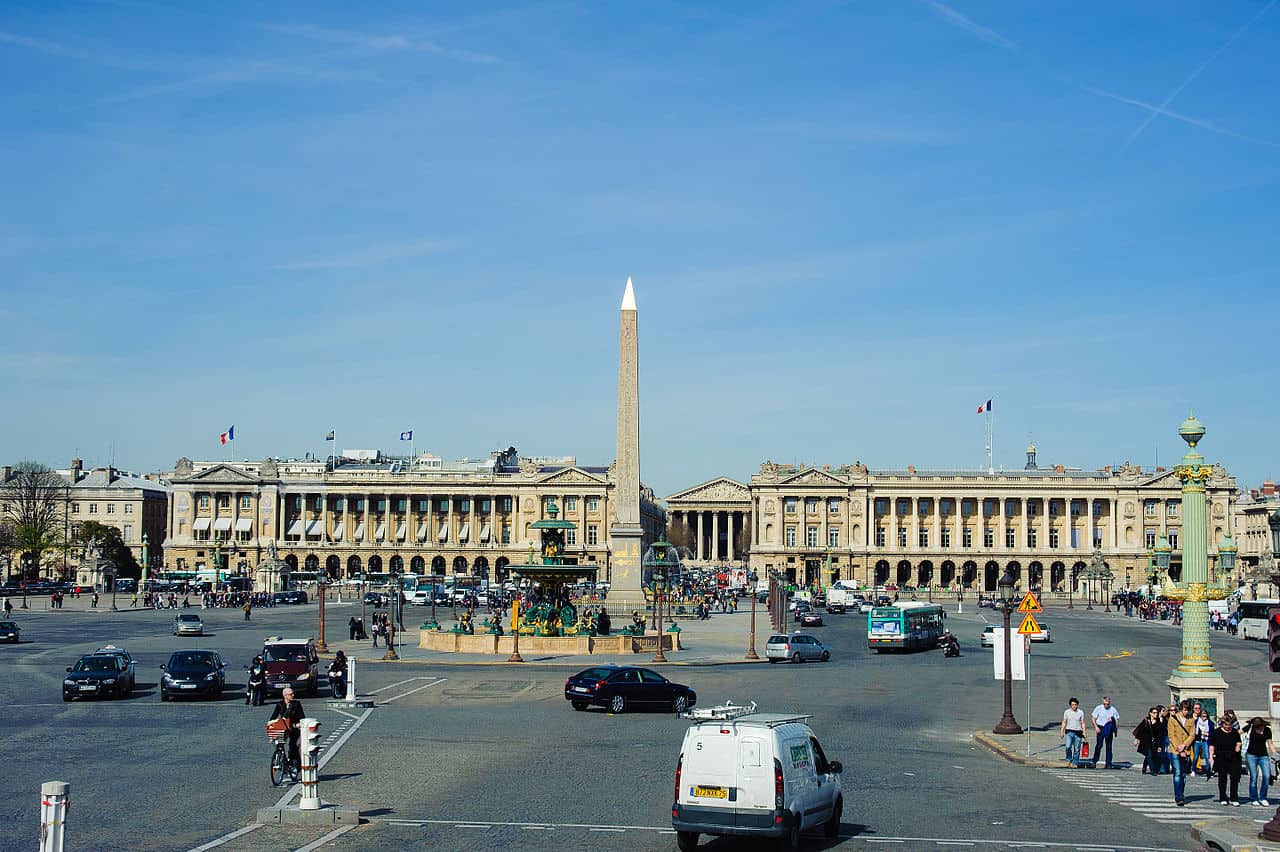
Viceroy Mehemet Ali offered the obelisk to France’s Charles X back in 1830 to mark the then-established Franco-Egyptian camaraderie.
The Obelisk of Luxor is also a sundial.
Around the Place de la Concorde are crossed lines accompanied by Roman numerals. It enables the obelisk’s shadow to give the time throughout the day.
Contrary to popular belief, the Eiffel Tower is not the most toured attraction in Paris.
It only lands fourth place among its fellow most wanted destinations in the city. The Notre Dame Cathedral takes the top place, the Sacré-Coeur Basilica ranks second. At the same time, the Louvre Museum is in the 3rd spot.
There is a fake building in the 10th arrondissement.
The old Haussmanian building in the district is actually a facade hiding the ventilation system of the Réseau Express Régional or RER.
Underneath the streets of Paries lie the Catacombes de Paris.
The Fench Resistance of World War II used the Catacombs as a tunnel system for traveling back and forth. Interestingly, some also say that the tunnels also served as bunkers for the Nazis.
The Catacombs of Paris is now the final dwelling place of more than 6 million people.
Back in the 1780s, cemeteries above ground overflowed with bodies to bury, leading to unwanted disease spread. The underground network then served as a burial site even until it was officially opened to the public in 1810.
No one truly knows the real size of the Catacombs.
A rough estimate puts it at a total of about 320 kilometers. While most parts of the crypt are inaccessible and not yet explored, reports of forbidden swims in the catacombs’ water pools still spring up.
‘Cataphiles’ refer to the urban explorers who scout the Catacombs.
Before people could gain access to the deepest, darkest corners of the tunnel system, they must join the mysterious group of adventurers who survey the unauthorized parts.
The Palais Garnier has water underneath its floors.
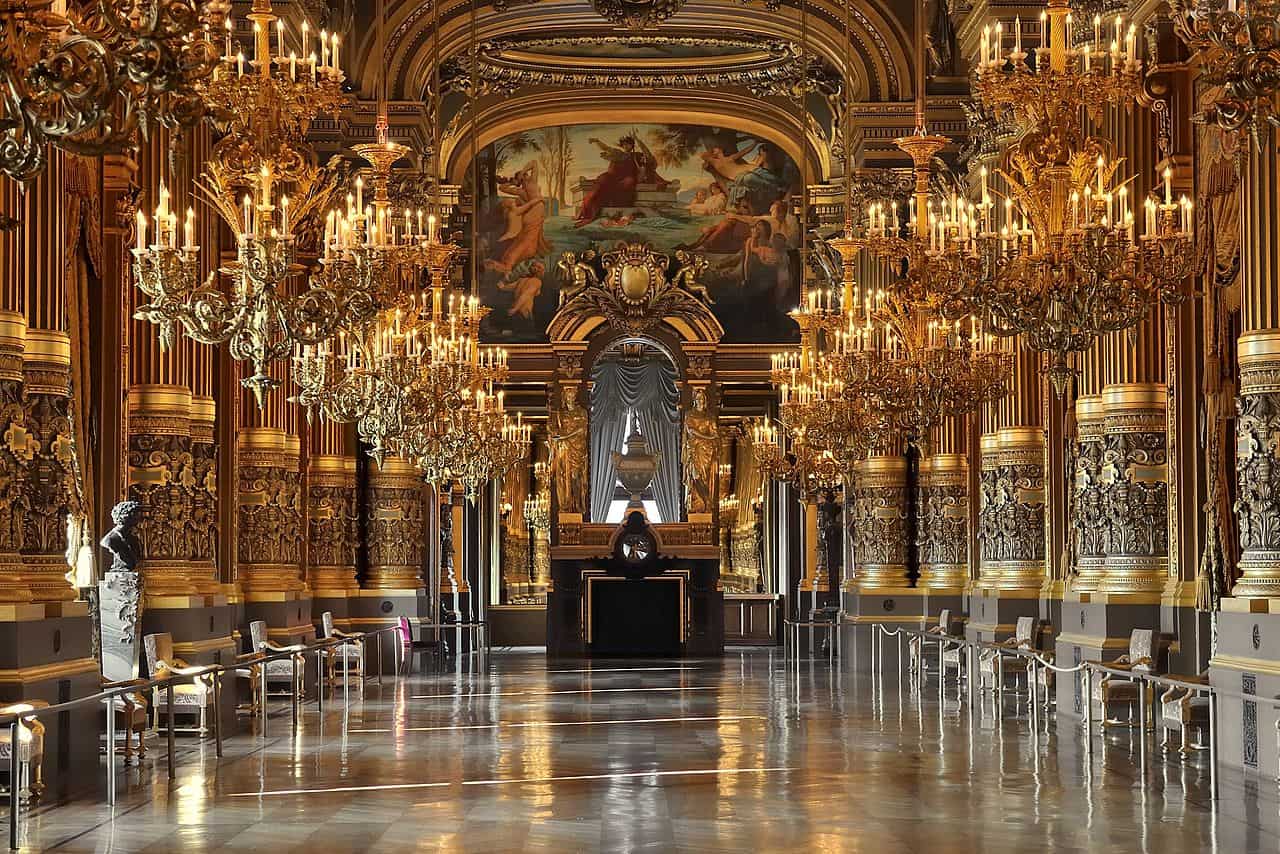
When Charles Garnier initiated the then-Opéra de Paris in 1862, he met a huge problem. The architect realized that he built the foundations on swampy ground and could endanger his whole project. Later on, Garnier decided to block infiltrations by creating a concrete liner and filling it with water.
Today, the 10,000 square meter-lake is inaccessible to the public as it serves as training waters for the Paris fire brigade scuba divers.
The largest market in Europe is the Marché de Rungis in Paris.
Founded in 1110. The Marché now stands in the 2nd arrondissement. Its total land area exceeds that of the Principality of Monaco.
The greatest art theft of the 20th century is the robbing of the Mona Lisa in 1911.
Vincenzo Peruggia, an Italian thief, casually dressed as an employee and then lifted the painting off the wall. The former Louvre employee was native to Italy, where he tried to sell the piece to an art dealer. After being imprisoned for more than a year, Peruggia proceeded to live crime-free.
The oldest house in Paris dates back to 1407.
Its location is at the 3rd arrondissement, on 51. Rue de Montmorency.
Japanese tourists who visit the city are susceptible to the ‘Paris syndrome’.
It refers to instances when the City of Love fails to meet the expectations of the said visitors. When they realize things like how rude the Parisians could be, victims would be too stressed and could fall into a psychiatric breakdown.
‘The Mona Lisa of the Seine’ refers to a young girl whose remains were found in the Seine River.
In admiration of the girl’s beauty, the pathologist made a mask of her face, which eventually rose to fame. Numerous writers and poets praised the girl’s looks to the point of comparison with the facial features of Mona Lisa, thus, the name.
Was this page helpful?
Our commitment to delivering trustworthy and engaging content is at the heart of what we do. Each fact on our site is contributed by real users like you, bringing a wealth of diverse insights and information. To ensure the highest standards of accuracy and reliability, our dedicated editors meticulously review each submission. This process guarantees that the facts we share are not only fascinating but also credible. Trust in our commitment to quality and authenticity as you explore and learn with us.

